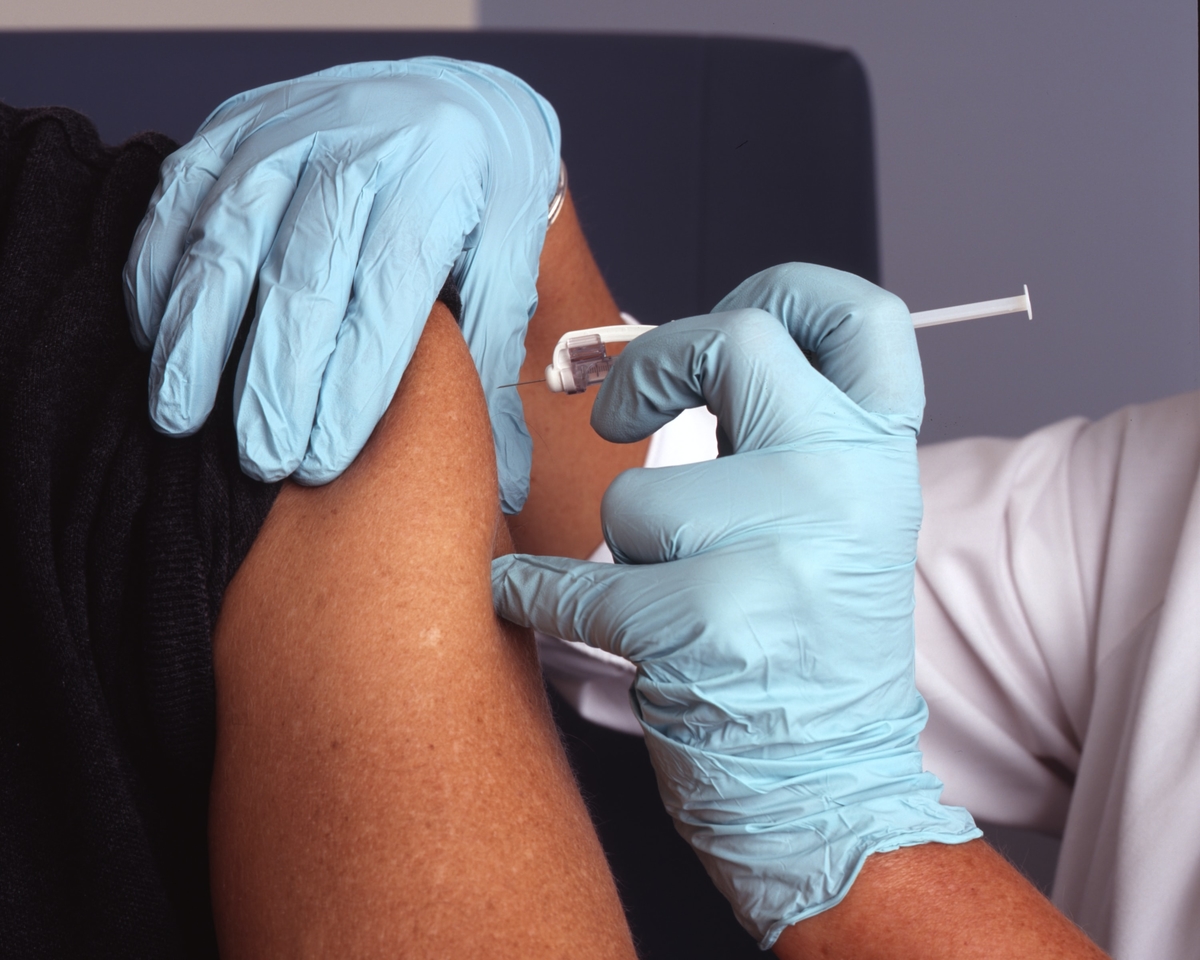NAHB staff last week shared their concerns with government officials in two separate calls about an impending emergency temporary standard (ETS) from OSHA that would force companies with more than 100 employees to mandate COVID-19 vaccinations for their workers or conduct onerous weekly testing of workers who remain unvaccinated.
OSHA is in the process of writing an ETS in response to a directive from President Joe Biden that all employees with 100+ employees require vaccination among their workers.
In a call with the Office of Management and Budget’s Office of Information and Regulatory Affairs (OIRA), NAHB said that home builders support “the President’s goal of increasing vaccinations among the population and has undertaken numerous efforts to increase worker awareness of and access to vaccines.”
But NAHB noted that the residential construction industry is at a very low risk for COVID-19 transmission. Most work is performed outdoors, and the nature of indoor tasks allow workers to remain at least six feet apart. Moreover, home building involves little contact with the public, visitors or customers during construction.
According to OSHA’s own assessment of COVID transmission risk, construction work is considered a “high exposure risk” occupation only in rare and specific circumstances, such as when work is being done indoors with persons suspected or known to have COVID-19. In fact, the construction industry was excluded from the June ETS from OSHA on COVID-19 workplace safety.
NAHB also noted the voluntary industrywide campaigns in the construction industry to encourage vaccinations, such as Vaccine Awareness Week in Construction, and the resources still available to members to find vaccines in their area.
In a separate call with OIRA last week, NAHB and its partners in the Construction Industry Safety Coalition (CISC) questioned the legal authority of OSHA to issue an ETS that requires vaccine mandates for workers. Staff noted that an ETS is permitted only upon showing there is a “grave danger” from exposure to a hazard in the workplace and the ETS is immediately needed to address the hazard. OSHA cannot make this showing in the construction industry.
If a vaccine mandate ETS is issued, the CISC noted there are many unanswered questions on implementation and requirements placed on businesses. Will adverse vaccine reactions, common in many adults 12-36 hours after injection, be a recordable event under current OSHA guidelines? What if the employee misses work? What should companies do about the lack of availability of testing kits for private businesses to test employees who are unvaccinated?
The CISC also took issue with the process OSHA has used to draft the vaccine ETS. OSHA never sought even informal feedback from private stakeholders. OSHA typically conducts listening sessions and stakeholder meetings while promulgating rules. And nearly all rules have public comment periods. But this was not the case with this ETS.
NAHB and CISC asked that the construction industry be exempt from the final ETS and that OSHA open the rulemaking to formal public comment. NAHB and CISC are part of a growing chorus of calls from private business to slow down the ETS process to avoid mass walkouts around the holiday season and further disrupt an already-strained supply chain system.
Staff from OIRA and OSHA did listen to NAHB and CISC concerns on the call, but little is known about how those concerns will be considered in the writing of the rule.
NAHB will remain engaged on this issue.
For questions about OSHA processes, please contact Rob Matuga.
*Note: All articles are redistributed from NAHBnow.com*
